A Comprehensive Guide to Mold Removal: What You Need to Know
Mold is more than just an unsightly problem; it can pose serious health risks and cause structural damage to your home or business. Whether you're dealing with a small patch of mold or a more extensive infestation, understanding the process of mold removal is essential. This guide covers everything you need to know about identifying, removing, and preventing mold in your environment.
Identifying Mold in Your Home or Business
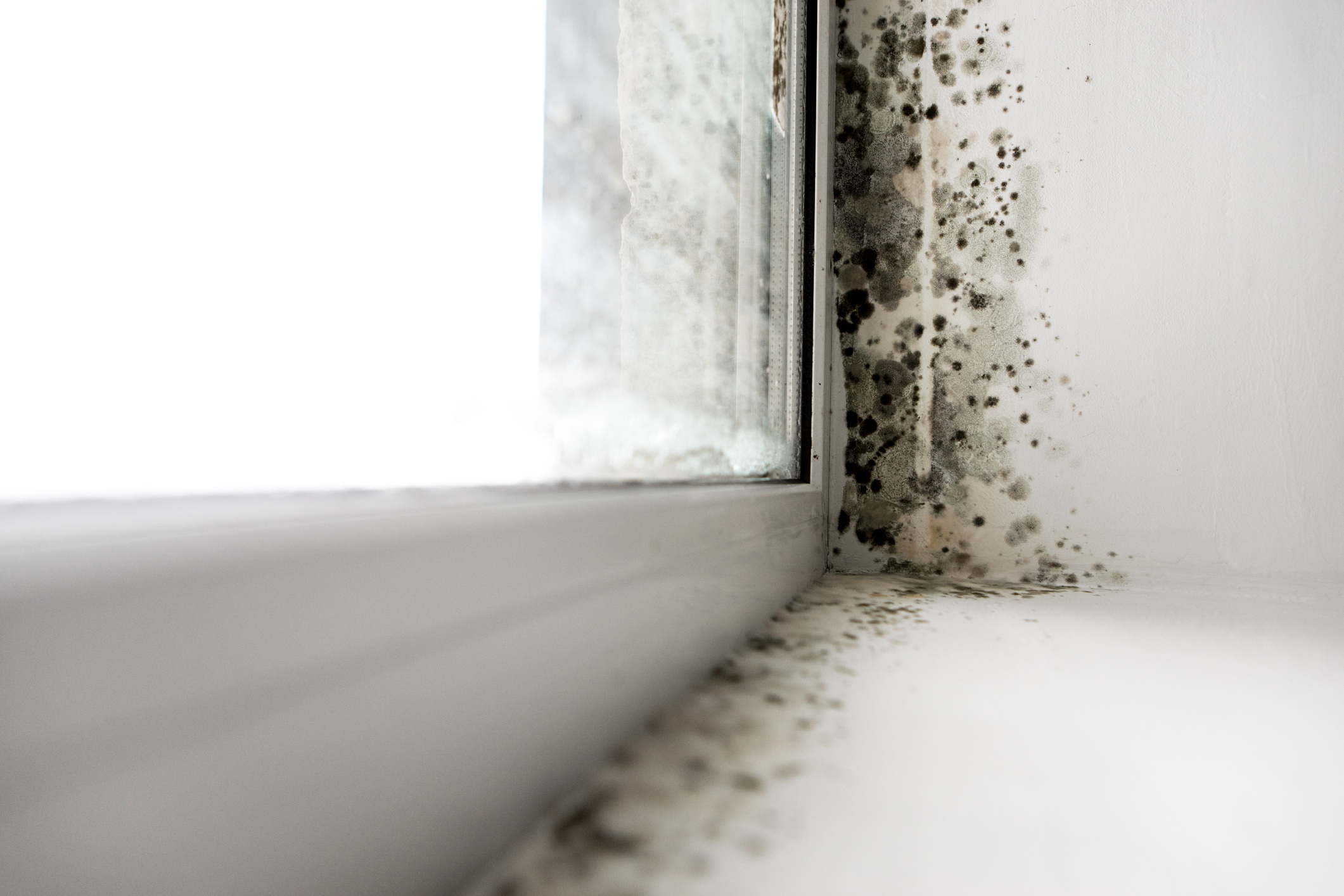
Mold thrives in damp, humid environments and can grow on a variety of surfaces, including walls, ceilings, carpets, and furniture. The first step in addressing a mold problem is identifying its presence. Common signs of mold include:
- Musty Odor: A persistent, earthy smell in certain areas of your home or business often indicates the presence of mold, even if it’s not visible.
- Visible Growth: Mold can appear as black, green, white, or even orange patches on surfaces. It often grows in hidden areas like behind walls or under flooring.
- Health Symptoms: Exposure to mold can cause respiratory issues, allergies, and skin irritation. If occupants experience these symptoms, it may be a sign of mold presence.
If you suspect mold, it's important to address it promptly to prevent further growth and potential health risks.
The Mold Removal Process
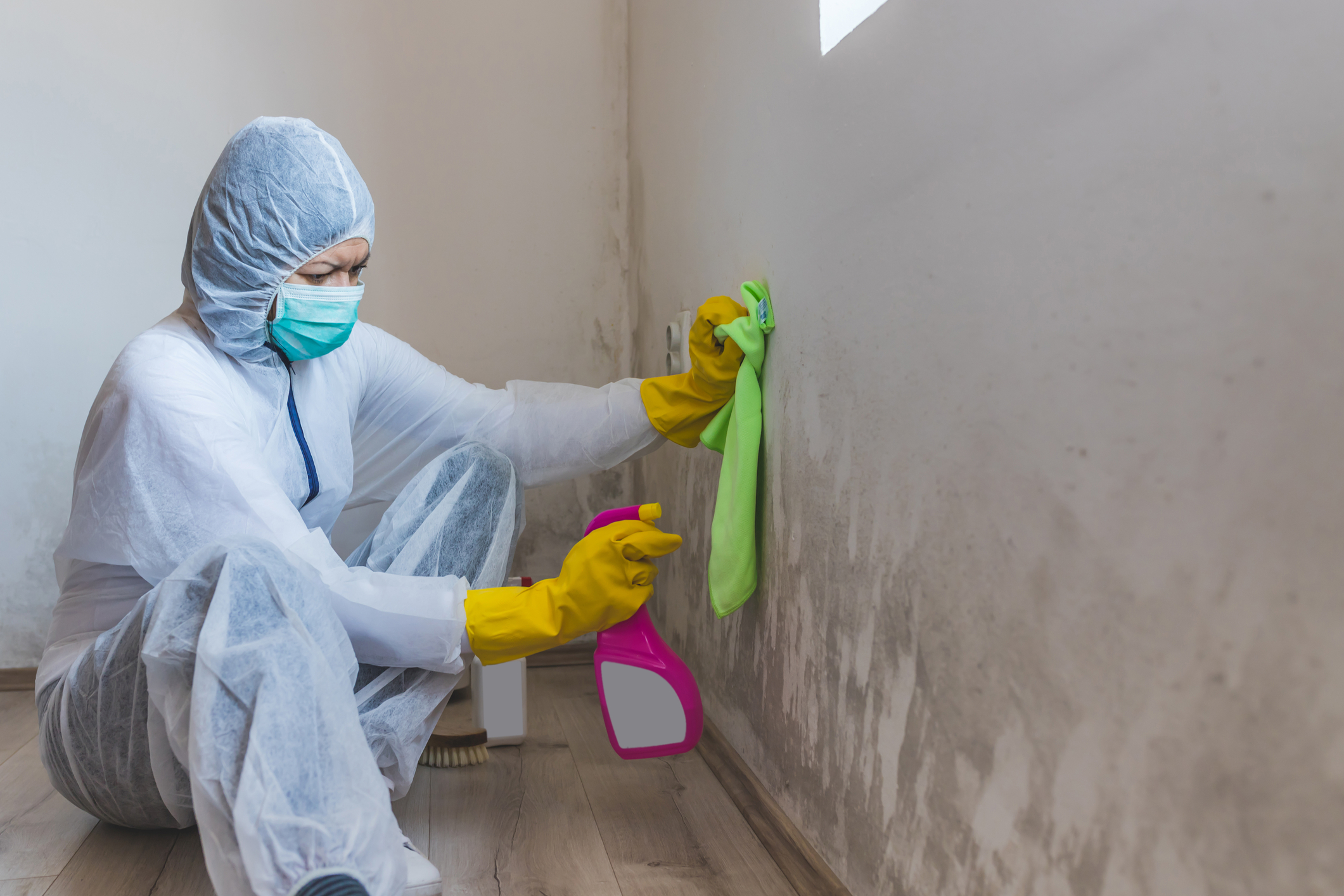
Mold removal, also known as mold remediation, involves several key steps to ensure that the mold is completely eradicated and does not return.
- Assessment and Inspection: The first step in mold removal is a thorough inspection of the affected area. Professionals use specialized tools, such as moisture meters and infrared cameras, to detect hidden mold and assess the extent of the infestation. This helps determine the scope of the remediation process.
- Containment: To prevent the spread of mold spores to other areas during the removal process, containment measures are put in place. This typically involves sealing off the affected area with plastic sheeting and using negative air pressure to keep spores from spreading.
- Air Filtration: High-efficiency particulate air (HEPA) filters are used to clean the air and capture mold spores that may become airborne during the removal process. This step helps to improve indoor air quality and reduce the risk of mold spreading.
- Mold Removal: Depending on the severity of the infestation, mold can be removed in several ways. Non-porous materials, like glass or metal, can usually be cleaned with a biocide or other mold-killing solution. Porous materials, such as drywall or carpet, that have been heavily contaminated often need to be removed and replaced. During this process, protective gear is worn to prevent exposure to mold spores.
- Cleaning and Sanitization: After the mold has been removed, the area is thoroughly cleaned and sanitized to eliminate any remaining mold spores. This may include cleaning furniture, curtains, and other belongings that were in the affected area. Some items may need to be discarded if they cannot be adequately cleaned.
- Restoration: The final step is restoring the affected area to its original condition. This might involve repairing or replacing drywall, repainting, and reinstalling carpets or flooring. In cases of severe infestation, more extensive renovations may be required.
Preventing Mold Growth
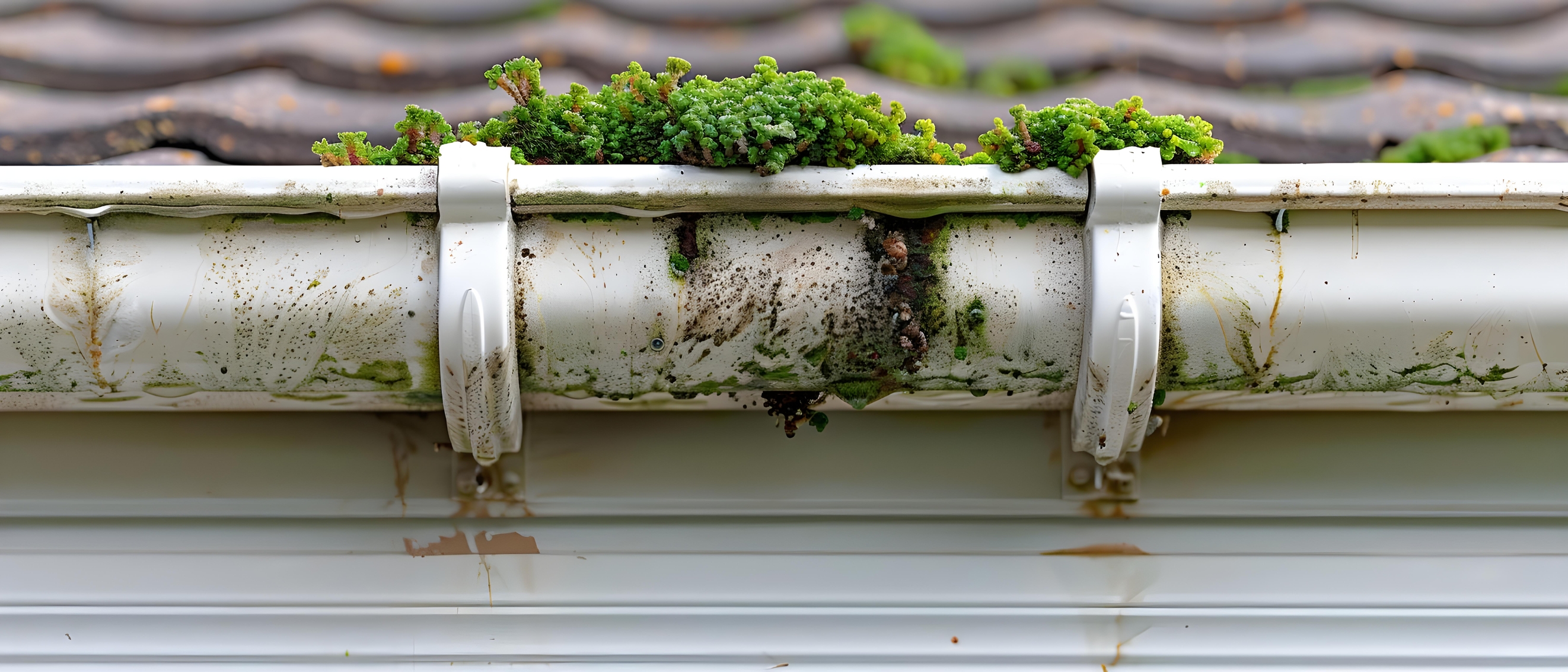
Once the mold has been removed, taking steps to prevent its return is crucial. Mold thrives in environments with high humidity and moisture, so controlling these factors is key to prevention.
- Control Humidity Levels: Keep indoor humidity levels below 50% to reduce the likelihood of mold growth. Use dehumidifiers in damp areas like basements and bathrooms.
- Repair Leaks Promptly: Fix any leaks in your roof, walls, or plumbing as soon as they are detected. Even a small leak can create the perfect environment for mold.
- Ensure Proper Ventilation: Make sure that your home or business has adequate ventilation, especially in areas prone to moisture, such as kitchens, bathrooms, and laundry rooms. Use exhaust fans to help reduce moisture levels.
- Use Mold-Resistant Products: When building or renovating, consider using mold-resistant drywall, paint, and insulation, especially in areas that are prone to dampness.
When to Call a Professional
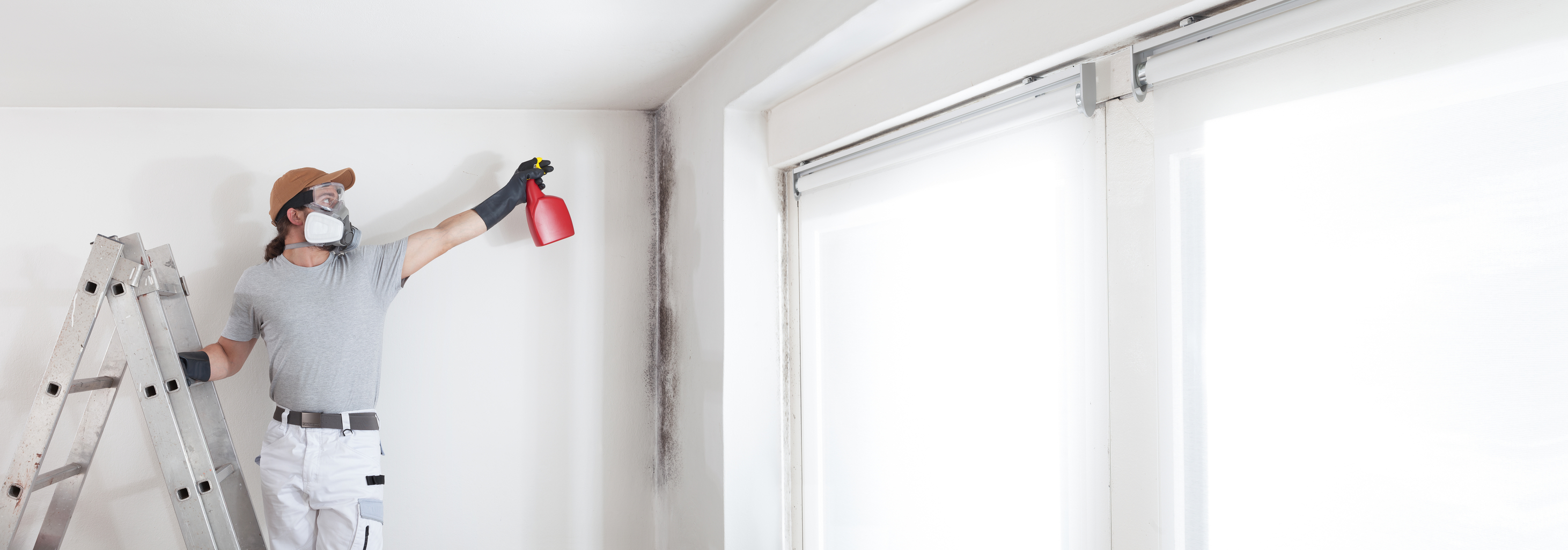
While small mold problems can sometimes be handled by homeowners or business owners, larger infestations require professional intervention. If the affected area is larger than 10 square feet, or if mold is present in your HVAC system, it's best to hire a mold remediation specialist. Professionals have the expertise, equipment, and protective gear needed to safely and effectively remove mold and prevent it from returning.
Conclusion
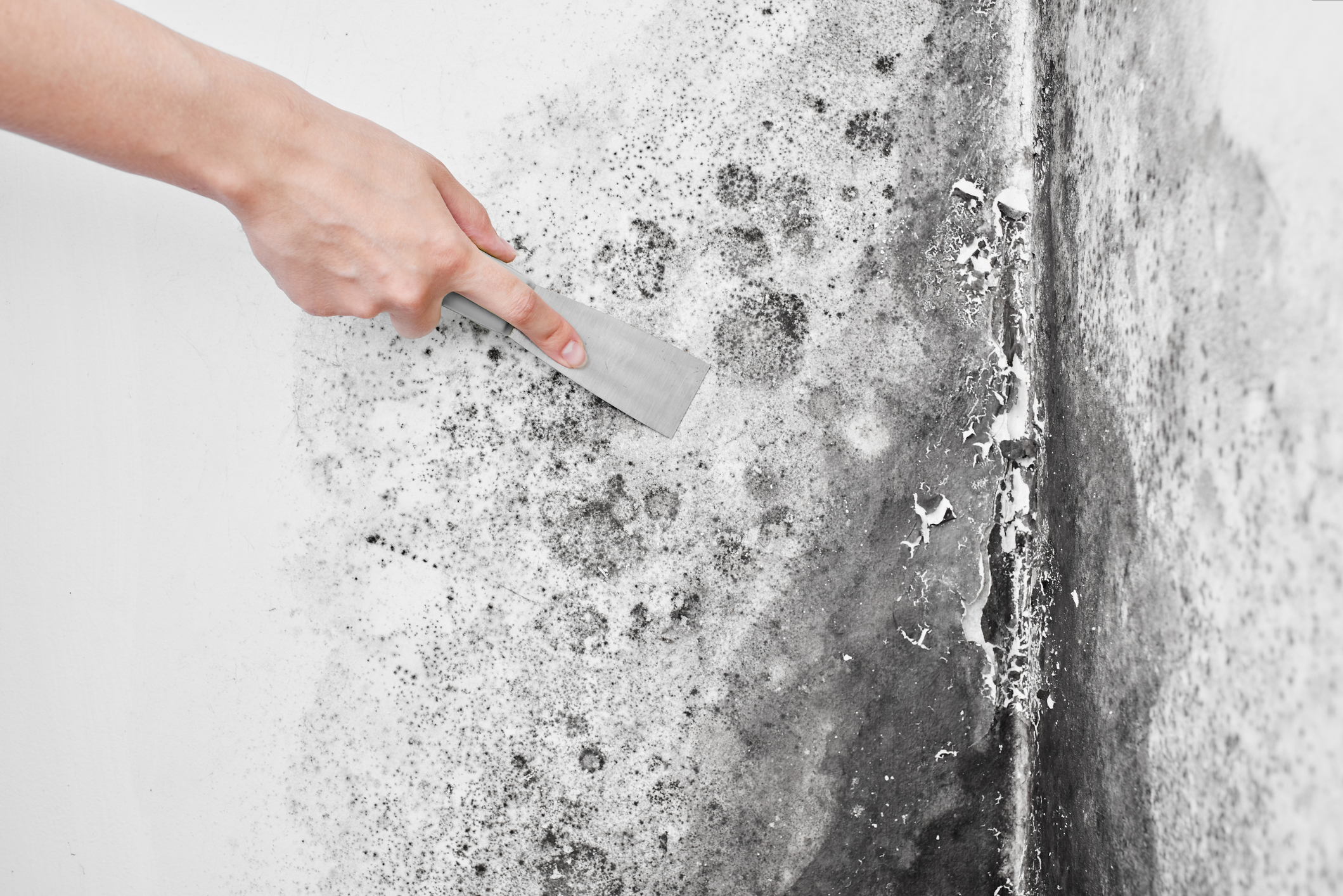
Mold removal is a critical process for maintaining a healthy living or working environment. By understanding the signs of mold, the steps involved in removal, and how to prevent future growth, you can protect your property and the health of its occupants. Whether you tackle the issue yourself or call in professionals, addressing mold promptly and thoroughly is essential to ensuring a safe, mold-free environment.